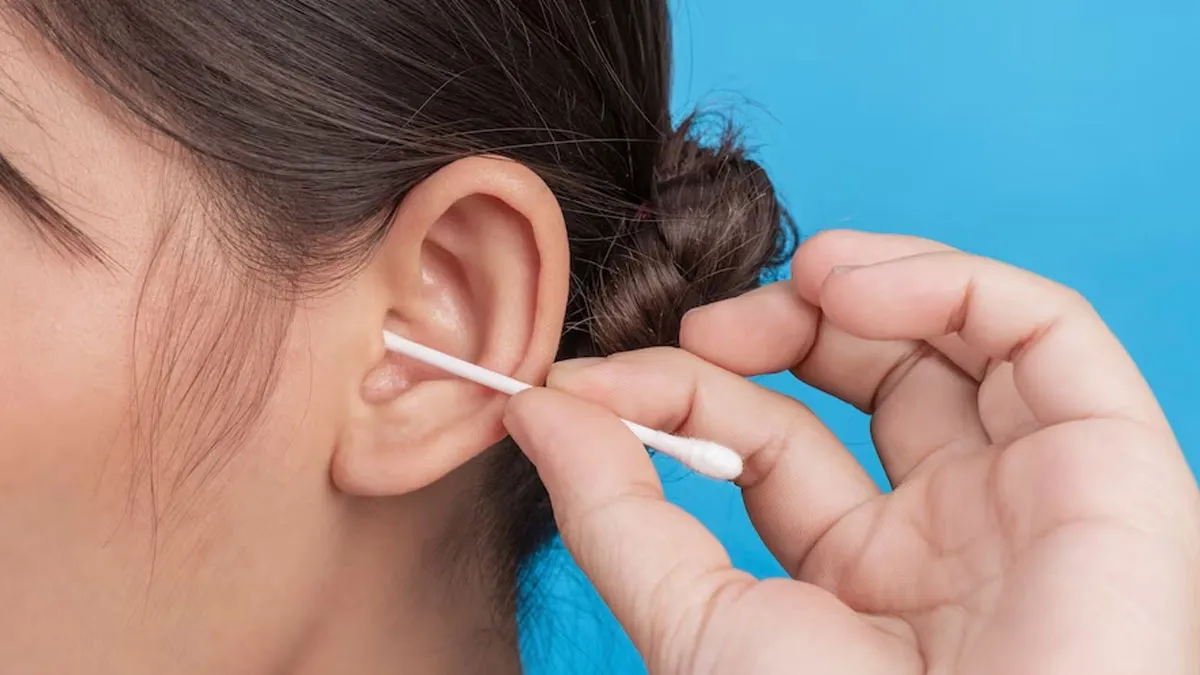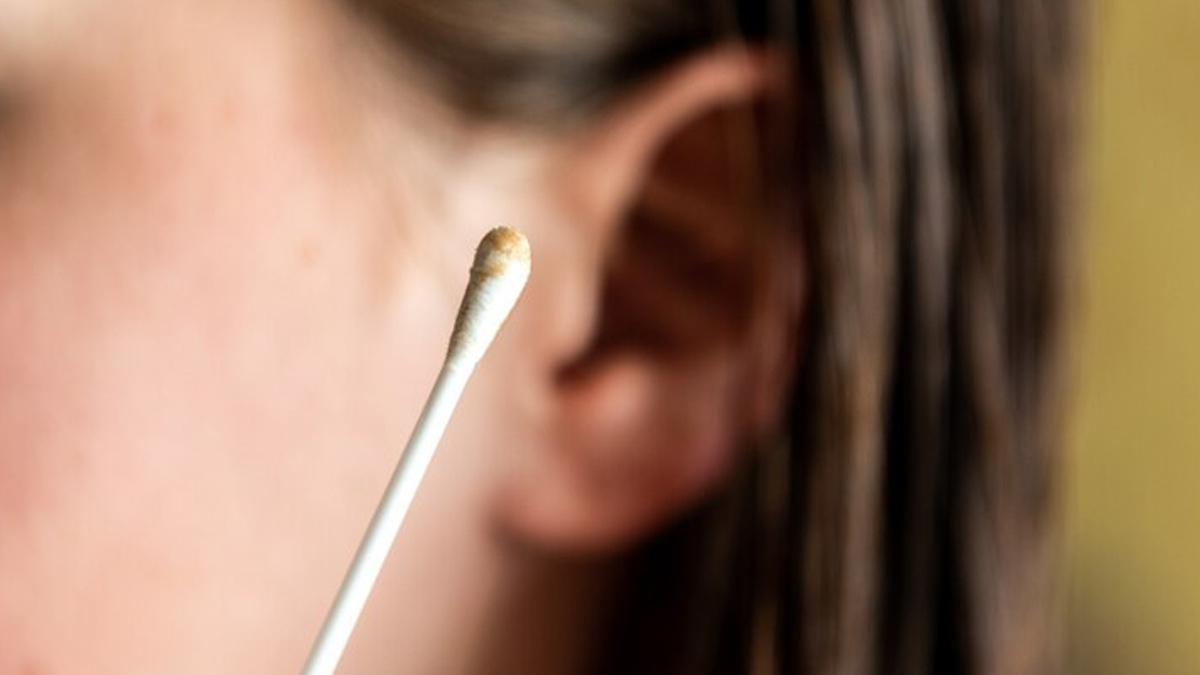
That sticky, sometimes flaky stuff in your ears? It's called earwax, or cerumen if you want to get fancy. Most of us don't give it a second thought, maybe just grabbing a cotton swab to clean it out. But guess what? According to an expert, your earwax can actually tell you a surprising amount about your health!
Table of Content:-
Dr. Shrey Kumar Srivastav, a Senior Consultant and General Physician at Sharda Hospital in Noida, sheds light on this often-overlooked bodily substance. He explains that while many see earwax as just dirt, it actually plays a vital role in protecting your ear canal. It traps dust, dirt, and even tiny insects, preventing them from going deeper into your ear. It also has antibacterial and antifungal properties, keeping infections at bay.
But the story doesn't end there. Dr. Srivastav points out that changes in your earwax – its color, texture, and even smell – can be subtle clues about what's going on inside your body.

Also Read: Thunderbolts’ Florence Pugh on Pressure of Hollywood’s Beauty Standards: “It’s a Mental Battle”
What Your Earwax Might Be Saying
Color and Consistency:
- Pale yellow and soft: This is usually healthy, normal earwax.
- Dark and sticky: This is also generally normal, and it tends to be more common in adults and people of Caucasian descent.
- Dry and flaky: This is another normal type, often seen in people of East Asian descent.
- White and flaky: This could indicate a lack of certain vitamins or minerals. It's worth mentioning to your doctor.
- Green or pus-like: This is a red flag! It often signals an ear infection and you should see a doctor immediately.
- Bloody: Injury to the ear canal could cause this. Again, medical attention is needed.
Texture:
- Sudden increase in earwax: This could be a sign that your body is trying to fight off an infection or irritation in the ear canal.
- Very watery discharge: This might indicate a ruptured eardrum or an infection. See a doctor promptly.
Smell:
- Foul odor: This is a strong indicator of an ear infection and requires medical attention.

Also Read: Study Reveals Selenium Rich Diet Can Lower Heart Disease, Expert Shares Tips To Incorporate It
Important Note from the Expert
Dr. Srivastav emphasizes that while these observations can be interesting, they are not a substitute for professional medical advice. "Don't start self-diagnosing based solely on your earwax," he cautions. "If you notice any significant or persistent changes, especially if accompanied by pain, hearing loss, or dizziness, it's crucial to consult your doctor for a proper diagnosis and treatment."
Do's and Don'ts of Earwax Removal
Dr. Srivastav also advises against aggressive ear cleaning, especially using cotton swabs. "Often, pushing a cotton swab into your ear canal can actually push the wax further in, leading to impaction," he explains.
Doctor's Recommendations
- Do: Generally, your ears are self-cleaning. Chewing and jaw movements help to naturally push the earwax out.
- Do: If you have excessive buildup, you can try softening it with a few drops of mineral oil, baby oil, or commercially available ear drops. Then, gently flush the ear with warm water using a bulb syringe.
- Don't: Use cotton swabs, hairpins, or other sharp objects to try and remove earwax. This can damage your ear canal and eardrum.
- Don't: If you have a history of ear problems or have had ear surgery, consult your doctor before attempting any earwax removal at home.
So, the next time you notice your earwax, take a moment to observe it. While it might seem like a trivial thing, it could be offering subtle clues about your overall health. Remember, when in doubt, always seek advice from a healthcare professional like Dr. Shrey Kumar Srivastav. They can provide accurate diagnoses and ensure your ears – and the rest of you – stay healthy!
Also watch this video
How we keep this article up to date:
We work with experts and keep a close eye on the latest in health and wellness. Whenever there is a new research or helpful information, we update our articles with accurate and useful advice.
Current Version